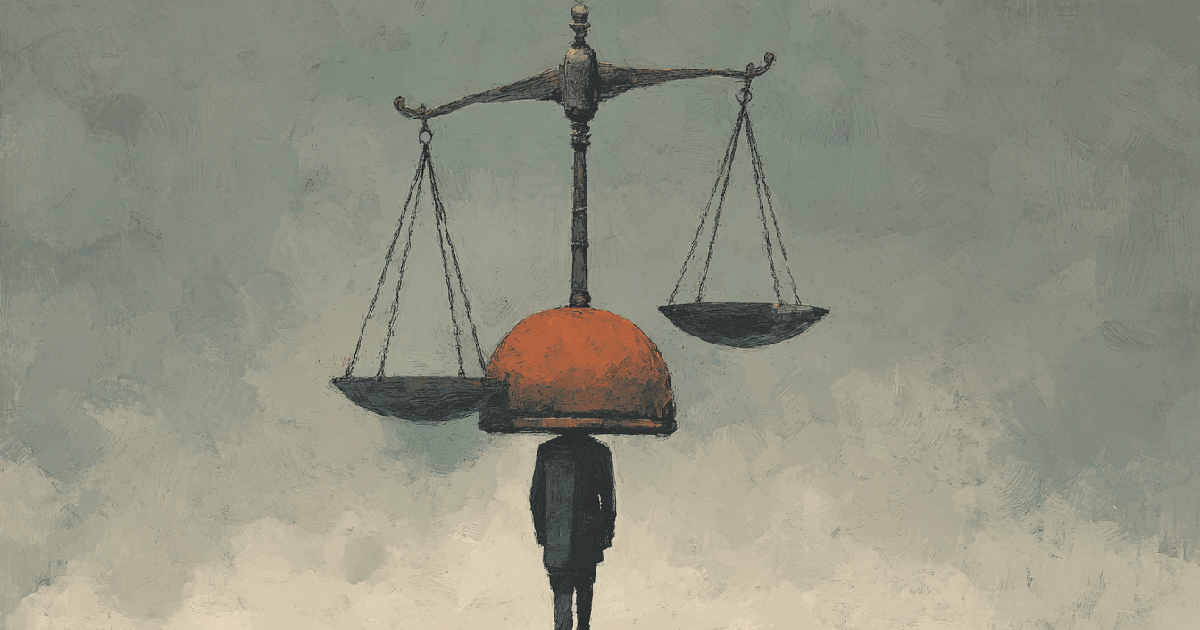What is Civil Liability?

Civil liability is the legal responsibility a person, business, or entity has for causing harm or loss to another person, typically through negligence, breach of duty, or intentional misconduct. If found civilly liable, the defendant may be required to pay monetary damages to compensate the injured party.
Unlike criminal liability, which involves prosecution by the government and potential jail time, civil liability results in financial or legal obligations owed to the plaintiff.
What does civil liability mean in a personal injury case?
In the personal injury context, civil liability means a defendant is legally responsible for injuries or damages caused to the plaintiff. This can include physical harm, emotional distress, lost income, and property damage. Most civil liability claims in personal injury arise from negligence, such as car accidents, slip and falls, or medical malpractice.
To hold someone civilly liable, the injured person must prove that the defendant had a legal duty, breached that duty, and caused harm as a result.
Plaintiff seeks monetary compensation (not criminal penalties).
Claims are based on negligence, strict liability, or intentional acts.
Standard of proof is “preponderance of the evidence.”
Liability may be shared among multiple parties (joint liability).
What are the elements required to prove civil liability?
To establish civil liability in a personal injury case, the plaintiff must usually prove four key elements:
Duty of Care – The defendant owed the plaintiff a legal duty to act reasonably.
Breach of Duty – The defendant failed to meet that standard of care.
Causation – The breach directly caused the plaintiff’s injury.
Damages – The plaintiff suffered actual harm or loss as a result.
If all four elements are proven, the defendant can be held liable and may owe compensatory damages.
Duty and breach establish fault.
Causation links the conduct to the harm.
Damages quantify the losses suffered.
Failure to prove any element may result in no liability.
How is civil liability different from criminal liability?
Civil and criminal liability serve different purposes and operate under different rules:
Civil liability focuses on compensating the victim.
Criminal liability focuses on punishing the offender and protecting society.
In some cases, a single act may result in both civil and criminal cases. For example, a drunk driver may face criminal charges from the state and a civil lawsuit from the injured person.
Civil = plaintiff v. defendant, criminal = government v. defendant.
Civil = financial penalties, criminal = fines, probation, or jail.
Civil = preponderance of evidence, criminal = beyond a reasonable doubt.
Both systems can operate simultaneously.
What are examples of civil liability in injury law?
Civil liability applies to a wide range of personal injury scenarios where someone is harmed due to another’s actions or inaction. Common examples include:
Car accidents caused by negligent driving.
Slip-and-fall incidents on unsafe property.
Medical malpractice by healthcare providers.
Defective products that injure consumers.
Assault or battery, when the injured party sues for damages.
Each of these cases involves the potential for the defendant to be held civilly liable and required to pay compensation.
Negligence is the most common basis for civil liability.
Intentional torts, like assault, also create liability.
Product liability can apply even without fault (strict liability).
Employers may be vicariously liable for employee actions.
Conclusion
Civil liability is the foundation of personal injury law. It holds individuals and organizations financially responsible when their actions—or failure to act—cause harm to others. Whether the result of negligence, recklessness, or intentional conduct, civil liability provides a legal path for injured parties to seek justice and compensation.
What is civil liability in a lawsuit?
Civil liability means a person or entity is legally responsible for causing harm to another and may be required to pay financial compensation in a civil lawsuit.
What’s the difference between civil and criminal liability?
Civil liability focuses on compensating the victim, while criminal liability involves punishing the offender. Civil cases are brought by individuals; criminal cases are brought by the government.
What types of cases involve civil liability?
Car accidents, medical malpractice, slip-and-fall injuries, product defects, and workplace injuries are all examples of civil liability cases.
Can someone face both civil and criminal liability for the same act?
Yes. A defendant can be sued in civil court and prosecuted in criminal court for the same incident—such as a DUI crash that causes injury.
Featured Articles
-
Glossary
What is Doctrine of Avoidable Consequences?
What is Doctrine of Avoidable Consequences? What is the doctrine of avoidable consequences in personal injury law?The doctrine of avoidable consequences is a legal.
-
Glossary
What is Independent Medical Examination?
What is Independent Medical Examination? What is an independent medical examination in personal injury law?An independent medical examination (IME) is a medical evaluation requested by.
-
Glossary
What is Collateral Estoppel?
What is Res Judicata? What is collateral estoppel in personal injury law?Collateral estoppel, also known as “issue preclusion,” is a legal rule that prevents.
Explore our Contributors
Discover Next
Insights from Experts
Learn from industry experts about key cases, the business of law, and more insights that shape the future of trial law.







